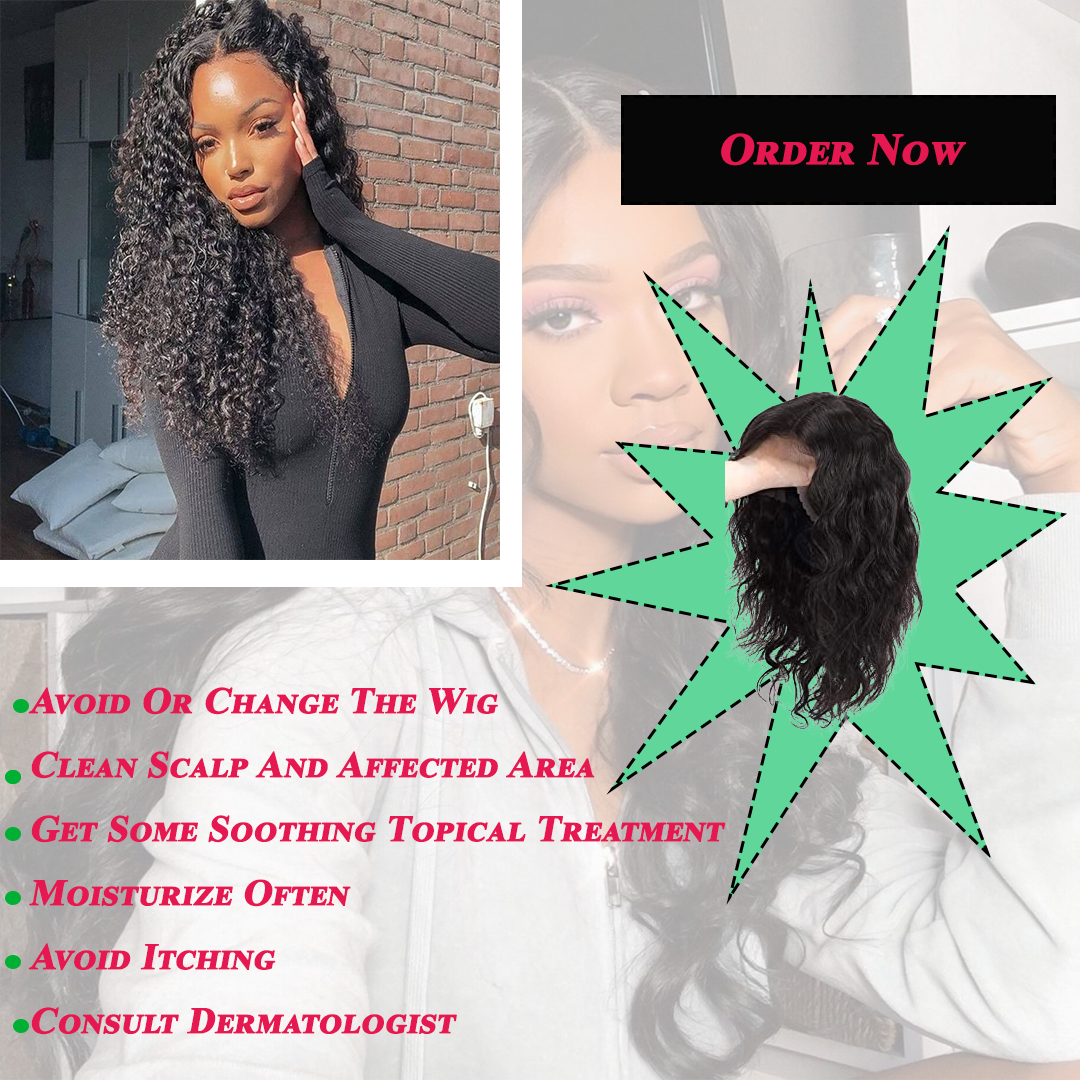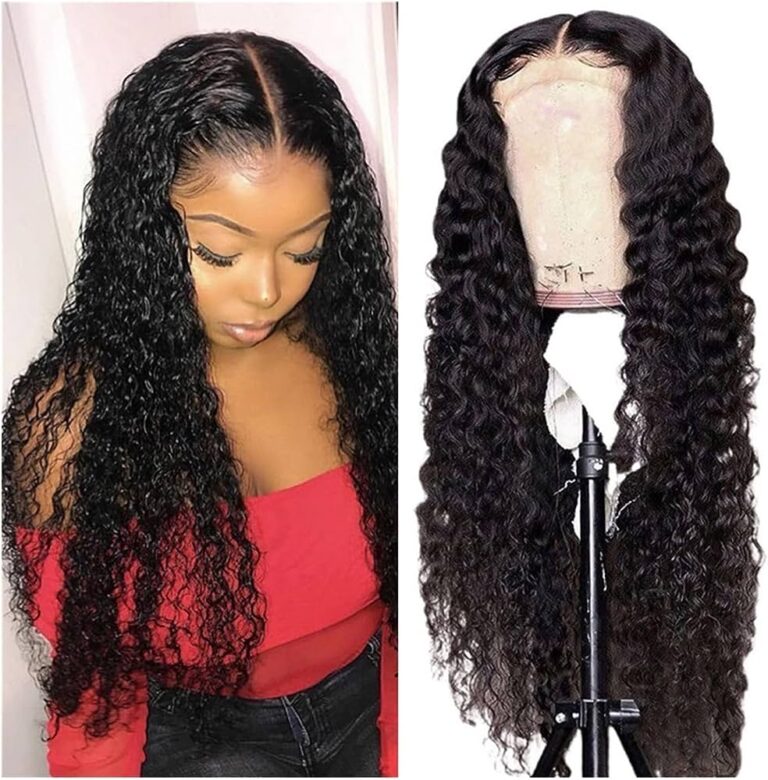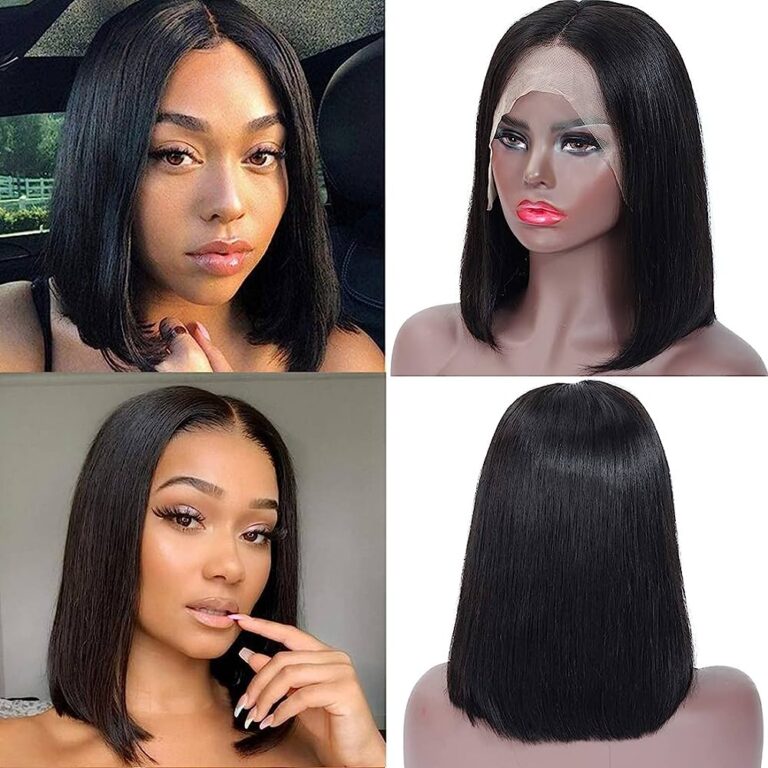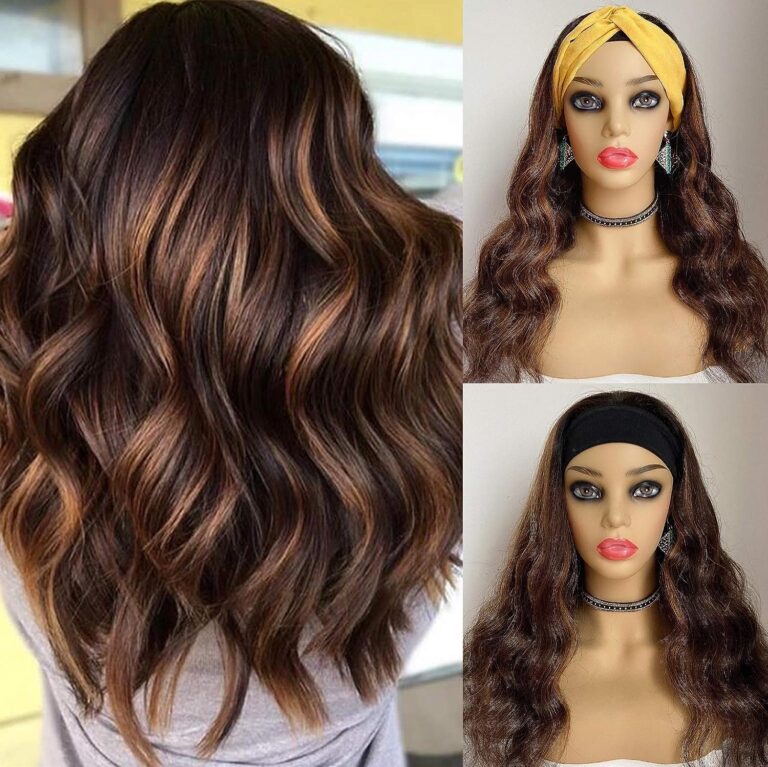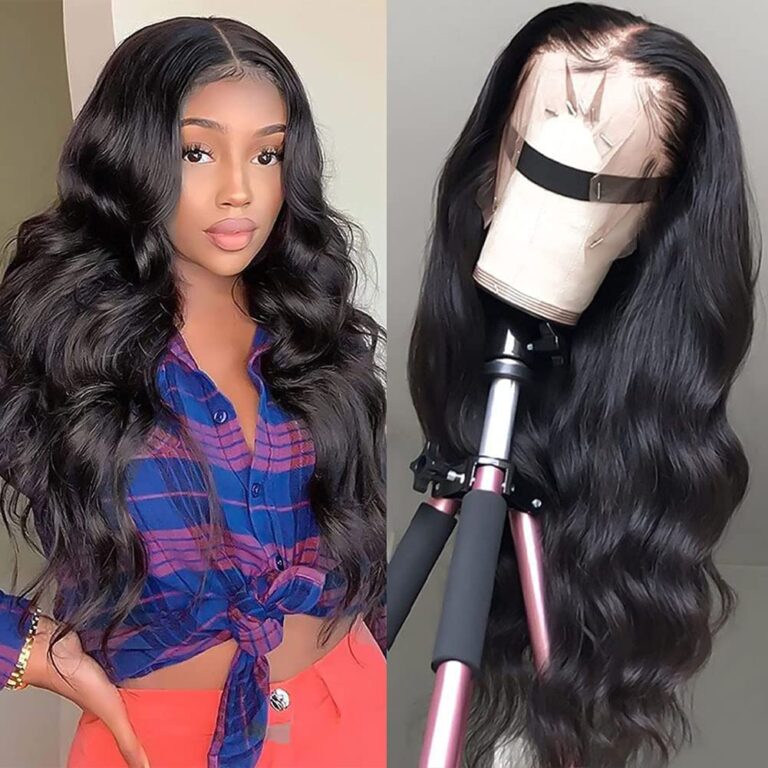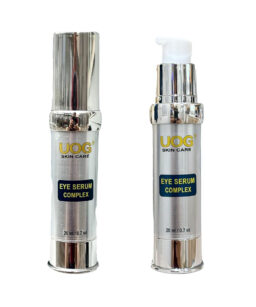Yes, technically, it is possible. But experts generally don’t recommend it. Removing your wig and leaving the scalp open to the air is best during nighttime. Remove the lace wig if you don’t want to face rashes or experience poor blood circulation for a long time. Meanwhile, it will not hinder your night’s sleep by falling off your head. Here we will see some common problems people face while sleeping with a lace wig.
Comfort: Lace wigs don’t fit your head while sleeping. It’s less comfortable to sleep on the bed with a glued wig. Moreover, you cannot wear the wig for long as it can block blood circulation and airflow and trigger infection and rashes. As you roll on the bed, the glue can pull your skin and cause severe skin tear. If you are sleeping in bed, it is best to remove the wig. If you are traveling and removing your wig at night is impossible, use an excellent cap to keep the lace wig safer.
Wig Maintenance: You must take many precautions to sleep with your wig on the scalp. It can make your synthetic hair frizzy and matted. The pillows can affect the texture of your hair due to friction. You may wake up with a messed up or damaged lace wig that’s often unusable. Even if the UOG lace wig glue helped you keep it in place, restoring the lace wig to its perfect condition is very difficult. The best is to clean and comb your wig at night and leave it in an open place or wrap it in a bag to protect it.
Wig Lifespan: When you sleep with a wig on your head, the lifespan of the weave considerably reduces. The hairs may fall off quickly and lose their shine due to wear and tear. As the wig gets severely tangled, you must work hard to remove the tangles in the morning. There are more chances of hair breaking off, and patches of hair may fall off, leaving the wig unusable.
However, if you have to sleep with a lace wig on, here experts suggest some preventive measures:
Use a Wig Cap: Before fixing the wig, use a wig cap. It acts as a protection between your natural hair and the wig. It reduces friction and prevents breakage of your natural hair.
Get A Satin Pillow: To prevent breakage of the artificial hair strands due to friction during sleep, use a satin or silk pillow. You can also try head scarves or headbands to secure the hair at night.
Secure the Wig Properly: Get a hypoallergenic UOG lace wig glue. Securely attach the wig to your scalp and ensure it doesn’t move or get disturbed while asleep.
Prevent Tangles: You can braid the wig or tie it as a bun to prevent tangles. There are more chances of your hair turning messy while you sleep.
Brush and Detangle: Before going to bed, brush and detangle the wig to minimize potential tangles or knots that could exacerbate during sleep. Similarly, brush and detangle the wig once again when you wake up.
Finally, it’s best to follow the manufacturer’s recommendations and consult with a hairstylist or wig specialist for specific care instructions based on your lace wig. We always suggest you look for better alternatives than sleeping with a wig on your scalp at night.

